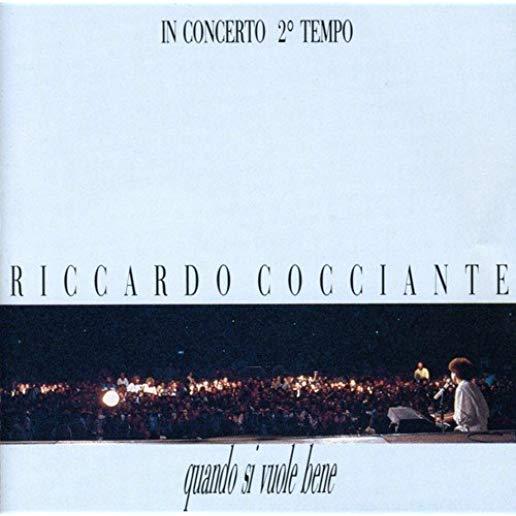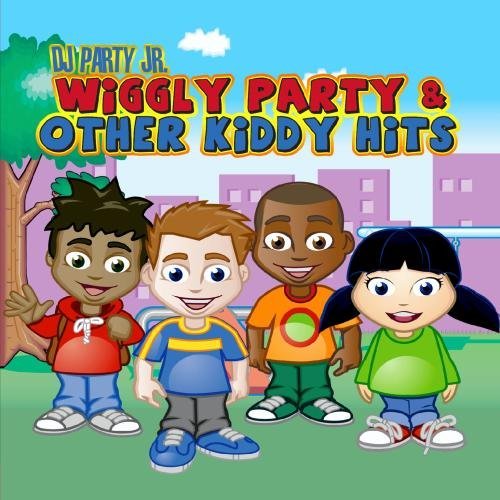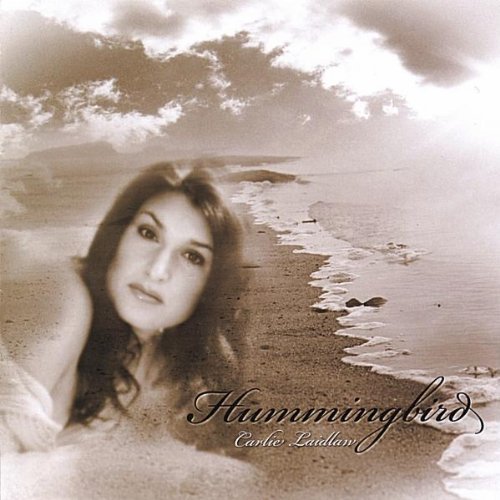
description
spectator, not seduced by a flood of gags, or by any realistic or caricatural reference, or by any appeal to sex and violence, could discover the possibility of a purely allusive world, a pleasure of a 'musical' nature, an interplay of feelings that were not banal." -- Umberto Eco Hailed as the most creative comic strip of all time, Krazy Kat offers a witty, raucous, and poetic portrayal of a love triangle between a mouse, a cat, and a dog. Krazy, a free-spirited, gender-fluid feline (sometimes referred to as he, sometimes she, sometimes both in the same strip), pines for Ignatz Mouse. Ignatz scorns Krazy's affection, frequently lobbing bricks at the hapless cat -- much to the indignation of Officer Pupp, a nightstick-wielding canine. The outlandish dramas play out in devilishly witty dialogue, delivered against a surrealistic desert backdrop. The antics of this extraordinary threesome entertained readers for decades, and The New York Times recently deemed the ahead-of-their-time comic strips "as entrancing today as when George Herriman wrote and drew them."
This compilation presents choice strips dating from the years 1918 and 1919 of the long-running series. A perennial favorite of artists and intellectuals, it appeared in newspapers until 1944. Newspaper magnate William Randolph Hearst was such a fan that he gave Herriman a lifelong contract with King Features Syndicate. The cartoon's other devotees ranged from Woodrow Wilson to Dr. Seuss, and Peanuts creator Charles M. Schulz declared, "I always thought if I could do something as good as Krazy Kat, I would be happy. Krazy Kat was always my goal." "Let's make no mistake about Krazy. A lot of people 'love' because, and a lot of people 'love' although, and a few individuals love. Love is something illimitable; and a lot of people spend their limited lives trying to prevent anything illimitable from happening to them. Krazy, however, is not a lot of people. Krazy is herself. Krazy is illimitable -- she loves." -- e. e. cummings "As the artwork is poetic, so is the writing's unique 'texture, ' which comes in large part through the conglomeration of peculiar spellings and punctuations, dialects, interminglings of Spanish, phonetic renderings, and alliterations. Krazy Kat's Coconino County not only had a look; it had a sound as well. Slightly foreign, but uncontrived." -- Bill Watterson, creator of Calvin and Hobbes
This compilation presents choice strips dating from the years 1918 and 1919 of the long-running series. A perennial favorite of artists and intellectuals, it appeared in newspapers until 1944. Newspaper magnate William Randolph Hearst was such a fan that he gave Herriman a lifelong contract with King Features Syndicate. The cartoon's other devotees ranged from Woodrow Wilson to Dr. Seuss, and Peanuts creator Charles M. Schulz declared, "I always thought if I could do something as good as Krazy Kat, I would be happy. Krazy Kat was always my goal." "Let's make no mistake about Krazy. A lot of people 'love' because, and a lot of people 'love' although, and a few individuals love. Love is something illimitable; and a lot of people spend their limited lives trying to prevent anything illimitable from happening to them. Krazy, however, is not a lot of people. Krazy is herself. Krazy is illimitable -- she loves." -- e. e. cummings "As the artwork is poetic, so is the writing's unique 'texture, ' which comes in large part through the conglomeration of peculiar spellings and punctuations, dialects, interminglings of Spanish, phonetic renderings, and alliterations. Krazy Kat's Coconino County not only had a look; it had a sound as well. Slightly foreign, but uncontrived." -- Bill Watterson, creator of Calvin and Hobbes
member goods
No member items were found under this heading.
notems store
Return Policy
All sales are final
Shipping
No special shipping considerations available.
Shipping fees determined at checkout.







